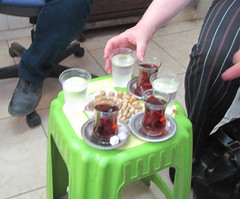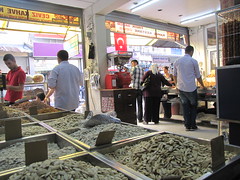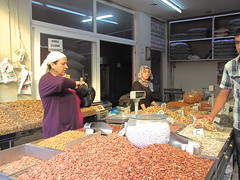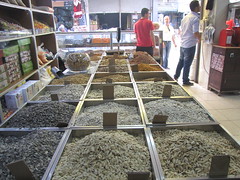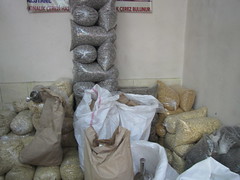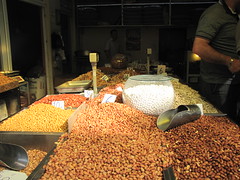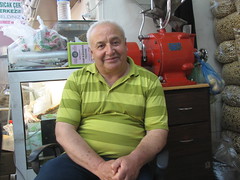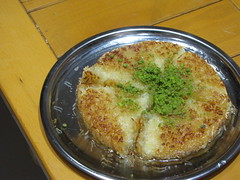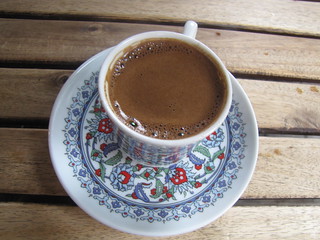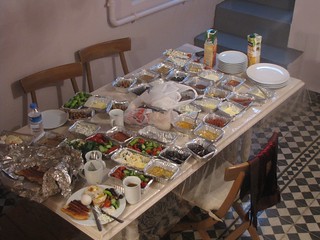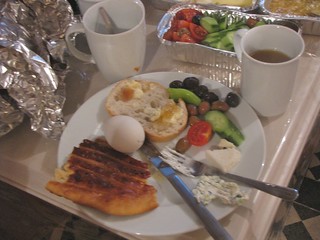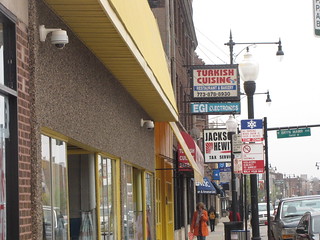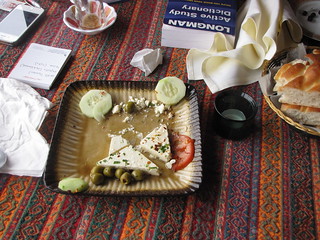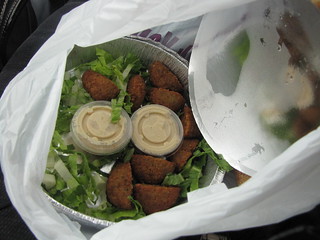Walking around the market in Antayka this weekend, my nose stumbled upon a shop, selling an assortment of roasted nuts. After tasting a variety of samples, we settled on a bag of roasted cashews. Then the owner, Ismai, came out to greet us and invited us to a back corner for some tea. Bar none, Turkish hospitality is like no other I’ve experienced. Where ever you go, people will eagerly offer you a cup of tea, insisting on continuously refilling it. It takes about three cups to become best friends with someone here! Enjoying our tea and roasted nuts with Ismail, I learned that he has been in the nut industry for quite a while. He first started out by himself, pushing a little cart up and down the streets selling nuts. Now, fifteen years later, he owns his own nut roasting company, and ships to many different cities across Turkey.
His business is in Antayka, the Hatay region, which is close to the border with Syria. Currently there are four Syrian refugee camps located in the Southeast region of Turkey. While some of the shopkeepers have been hit hard during the turmoil in Syria, because it’s harder for people to cross back and forth over the border, Ismail said he hasn’t experienced the same loss of business as others.
Several shopkeepers report their profits drastically declined because Syrian customers aren’t able to frequent them anymore. But, when talking with these various shop owners, there was one theme in common–empathy. They all expressed in some way that even if their businesses took a hit from the Syrian conflict, the most important issue for them was their Syrian brothers and sisters, as they affectionately referred to them. They displayed such humanity and concern for those across the border who are dealing with violence almost daily.


